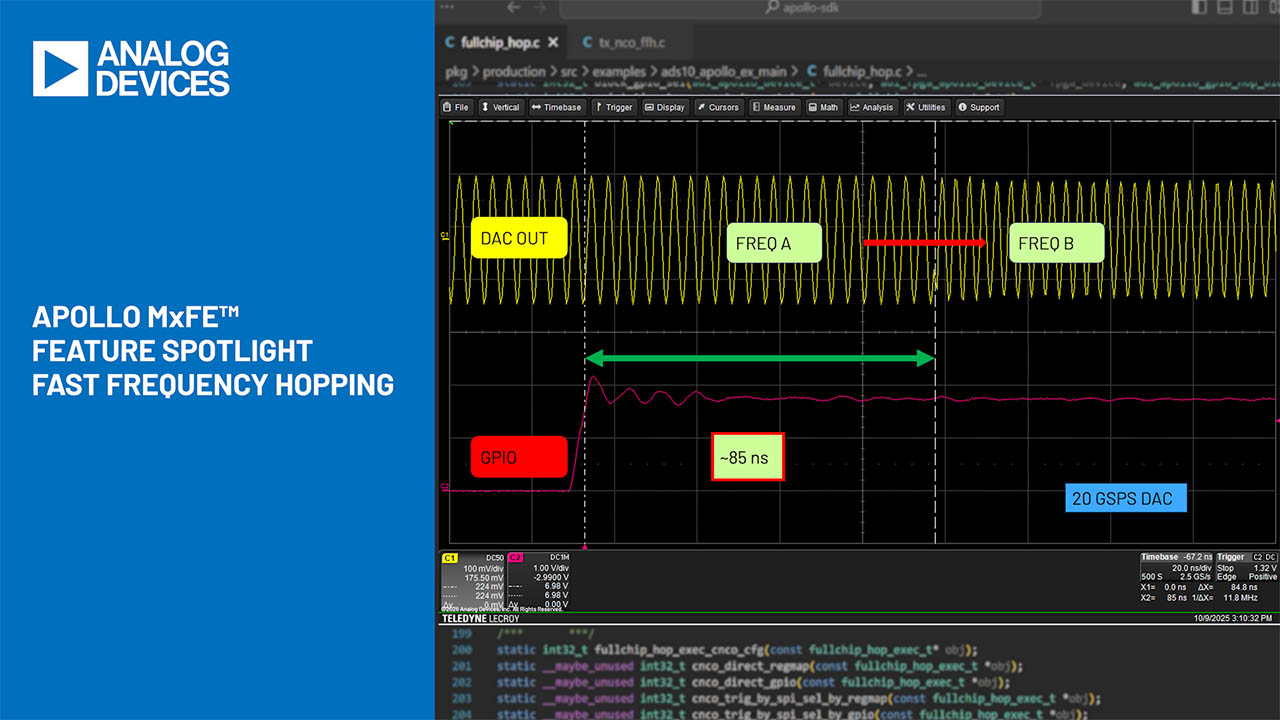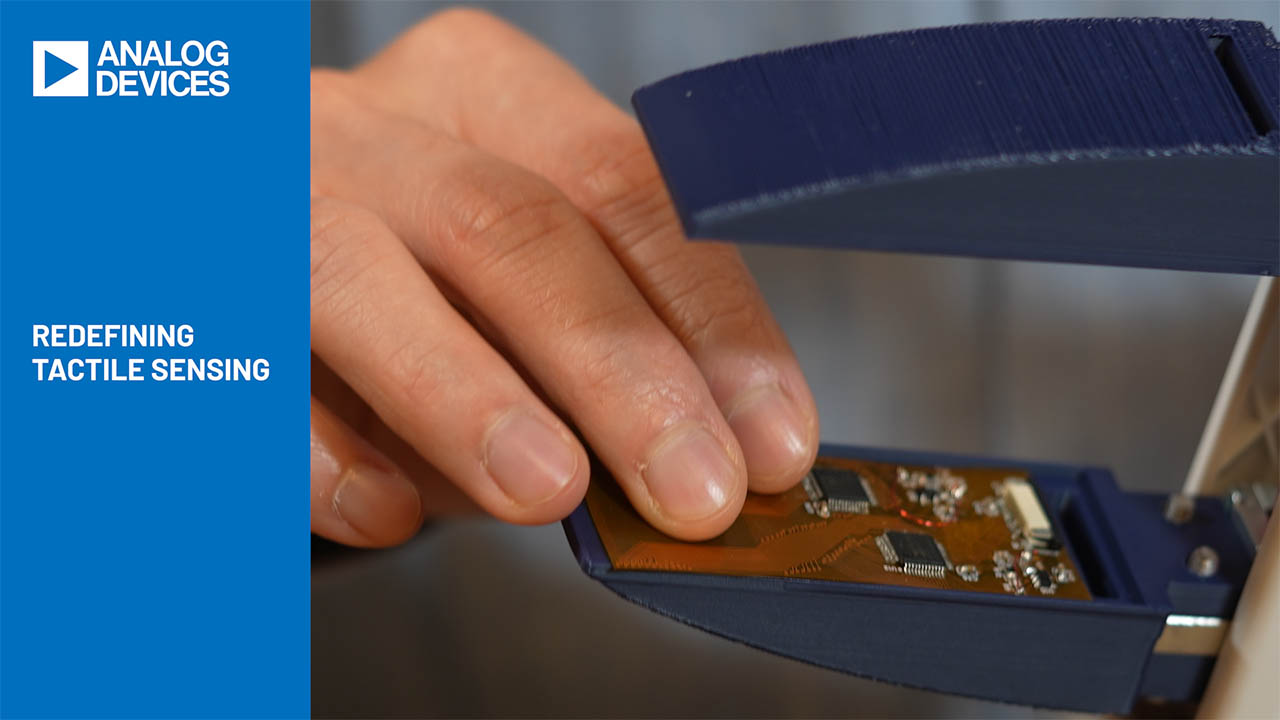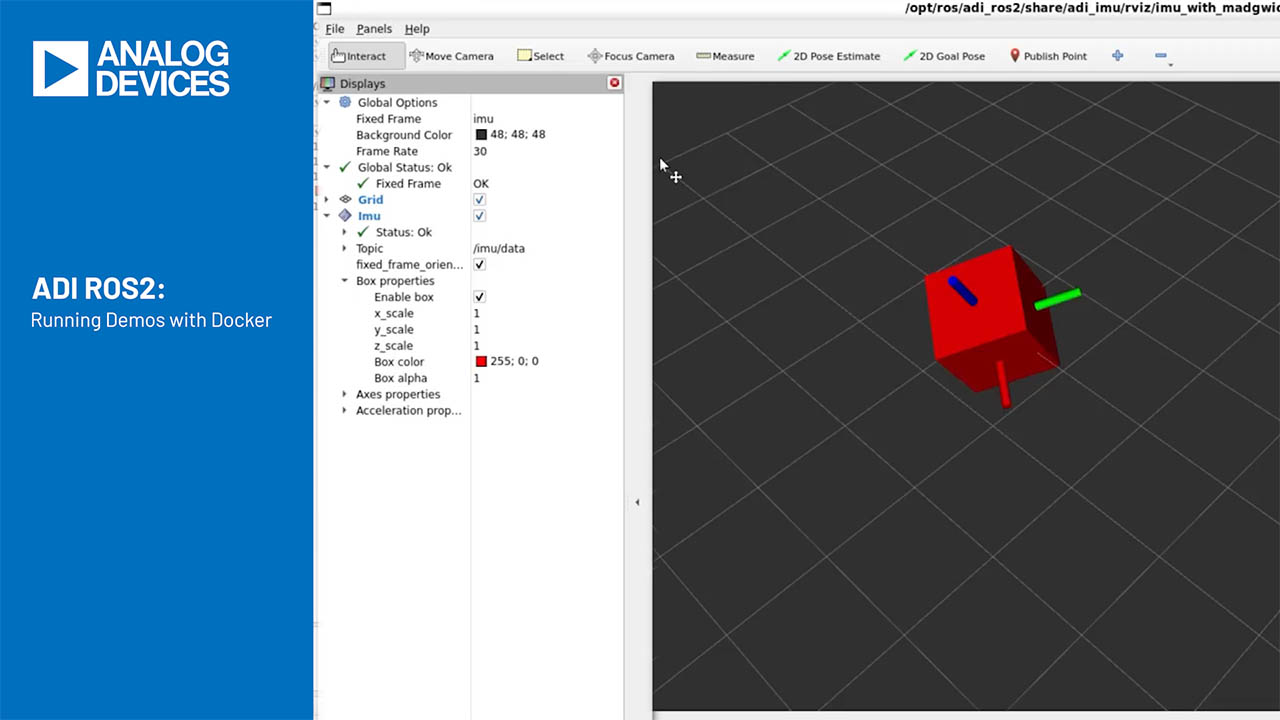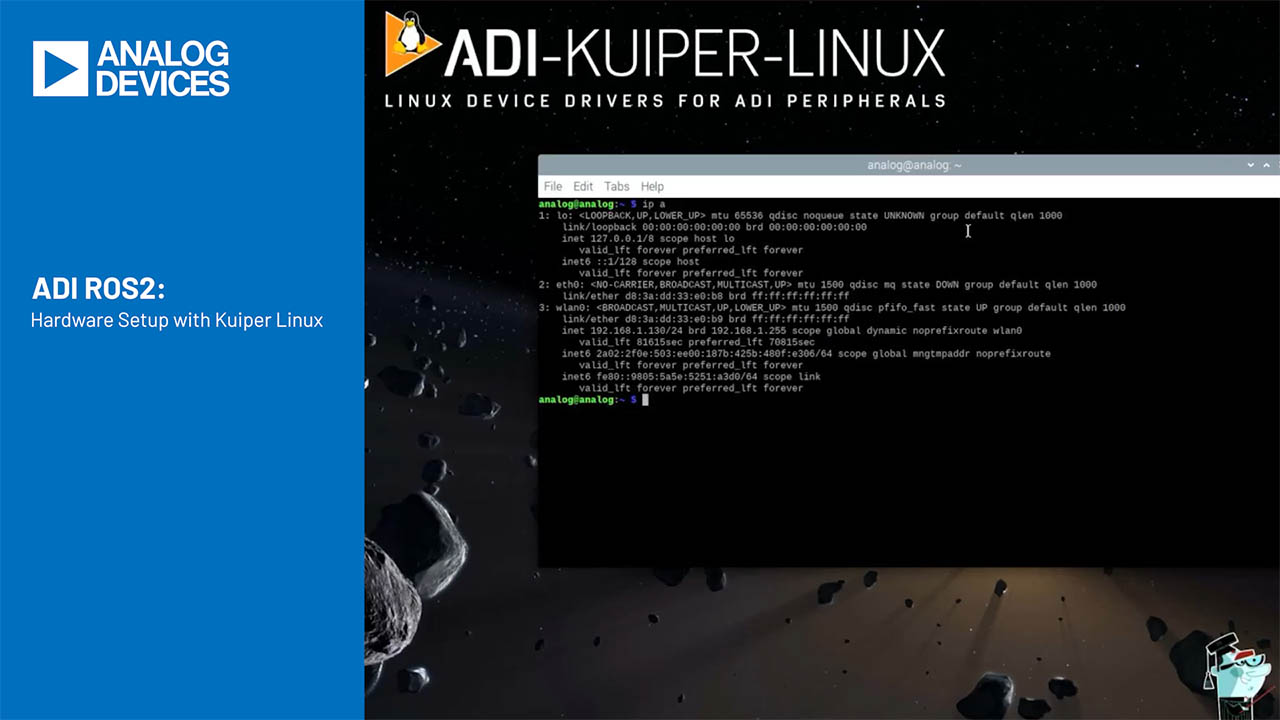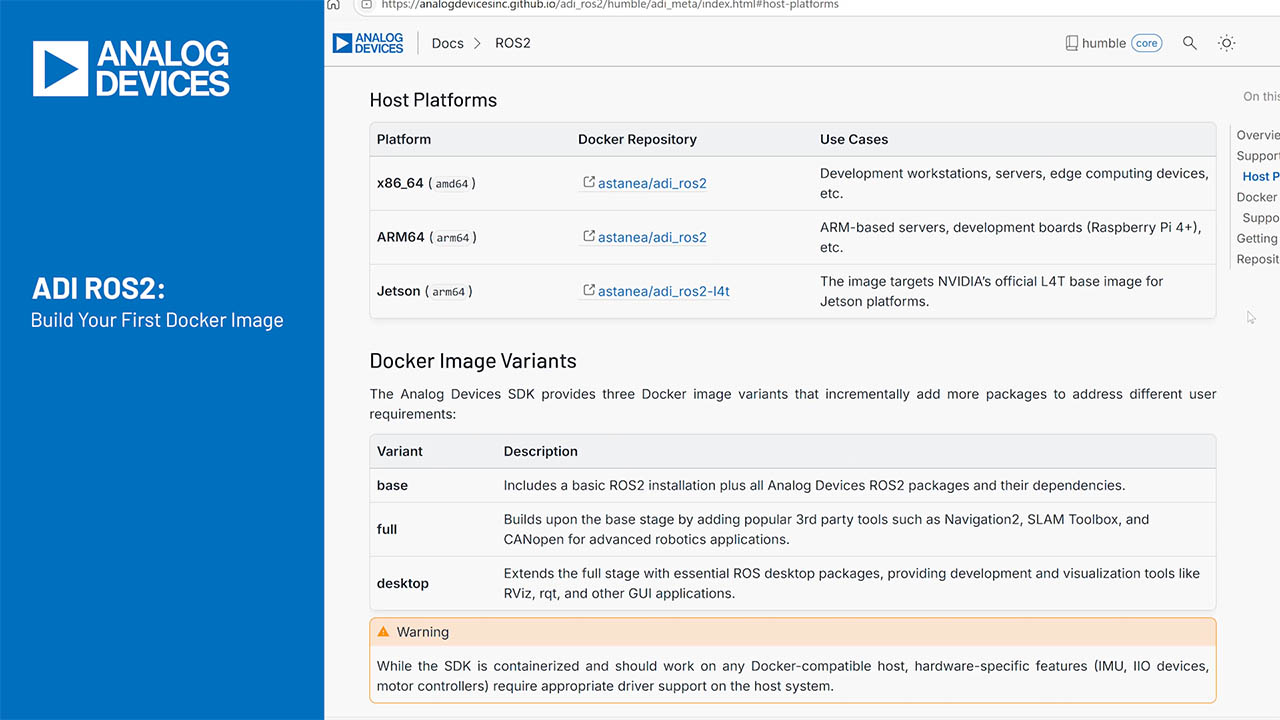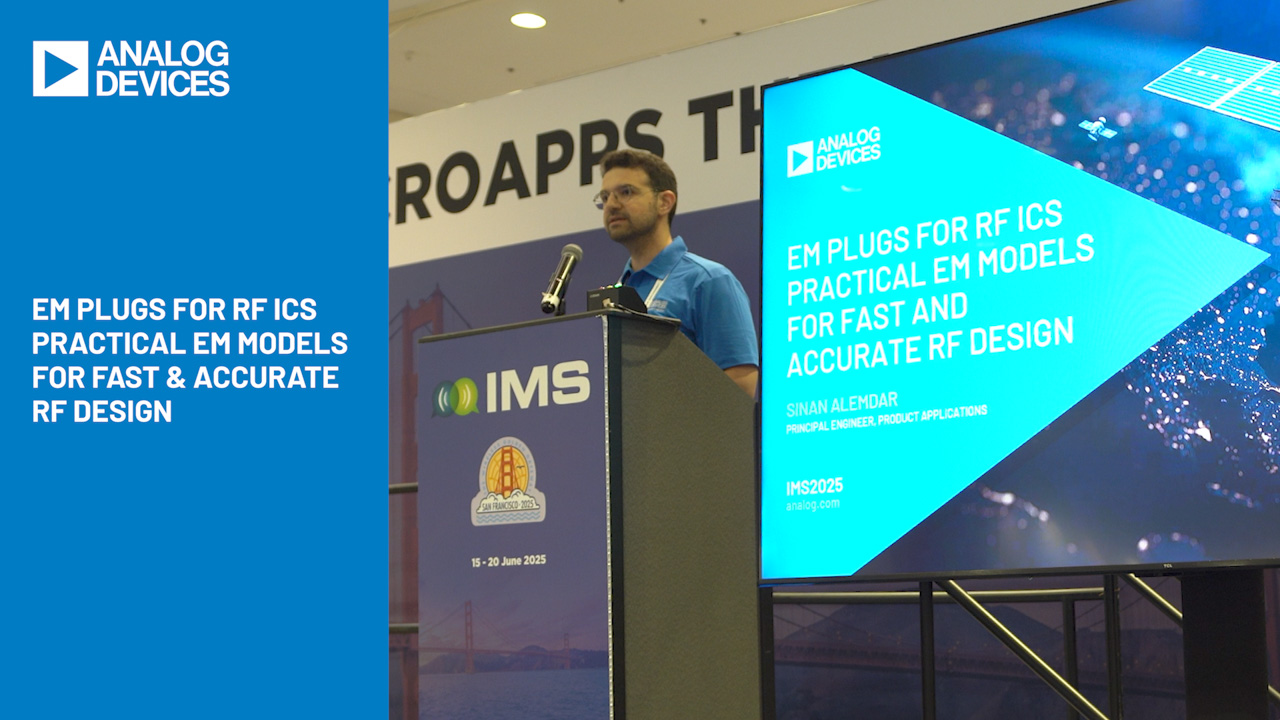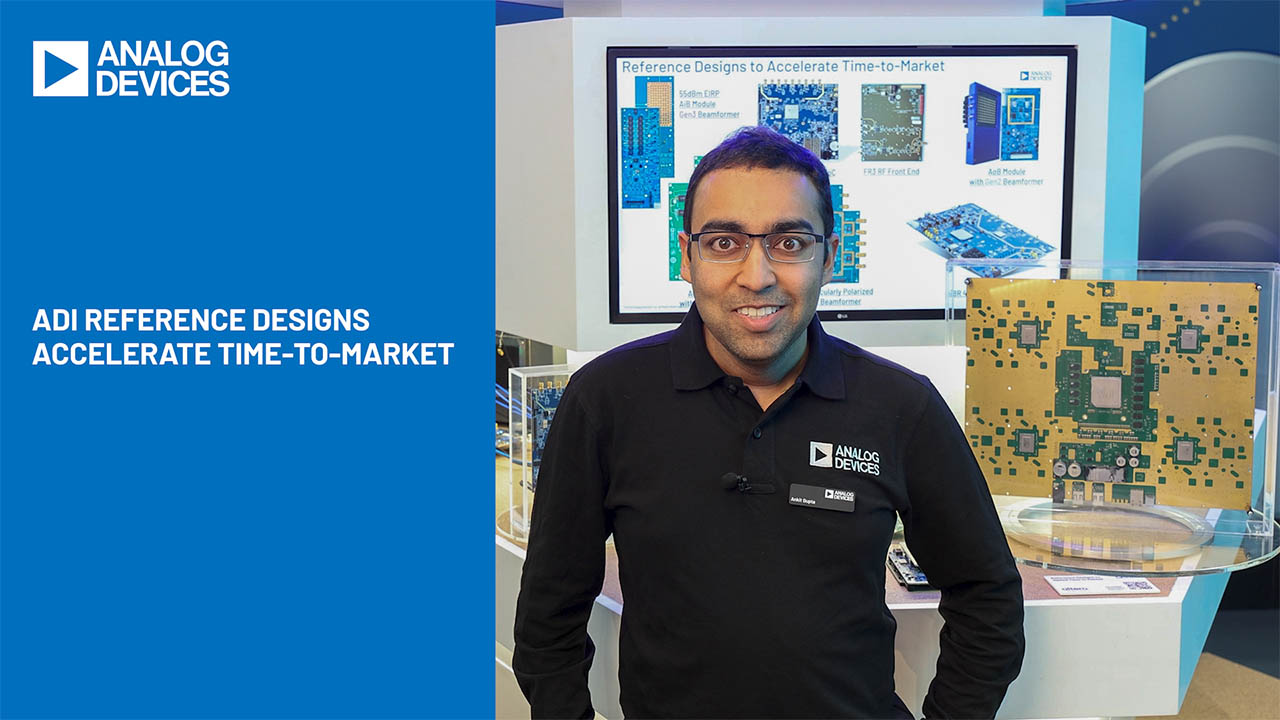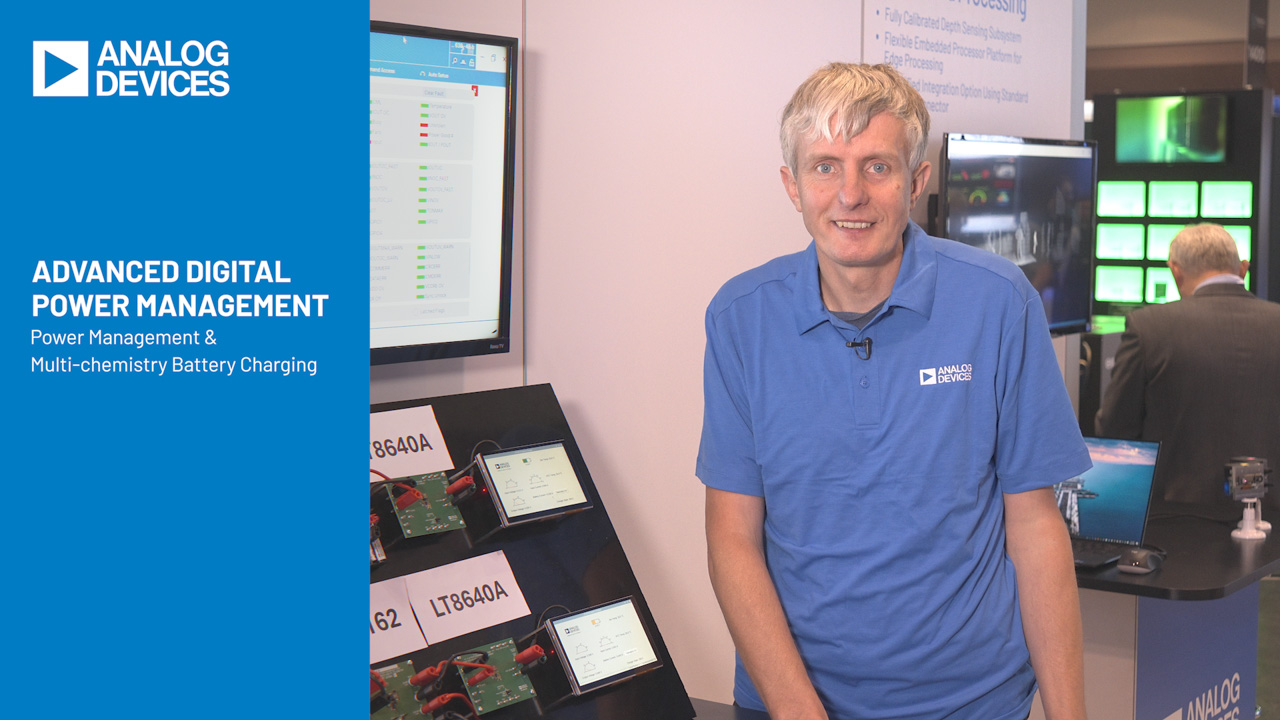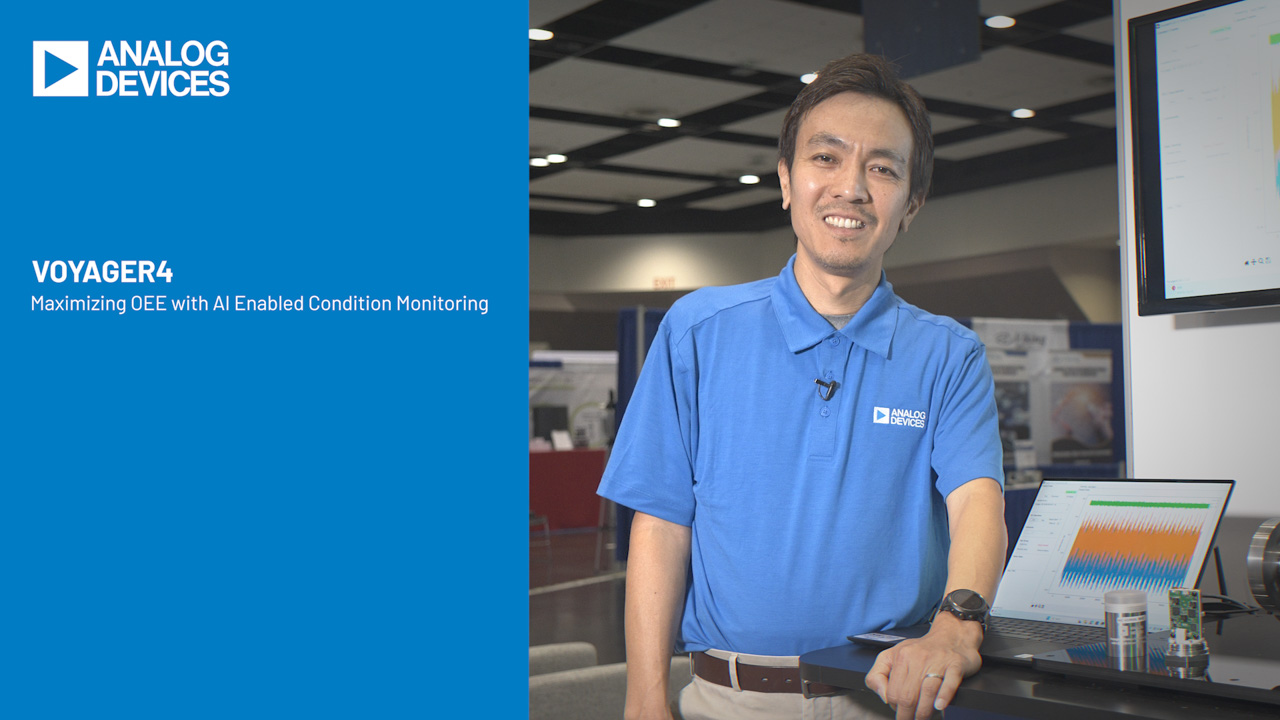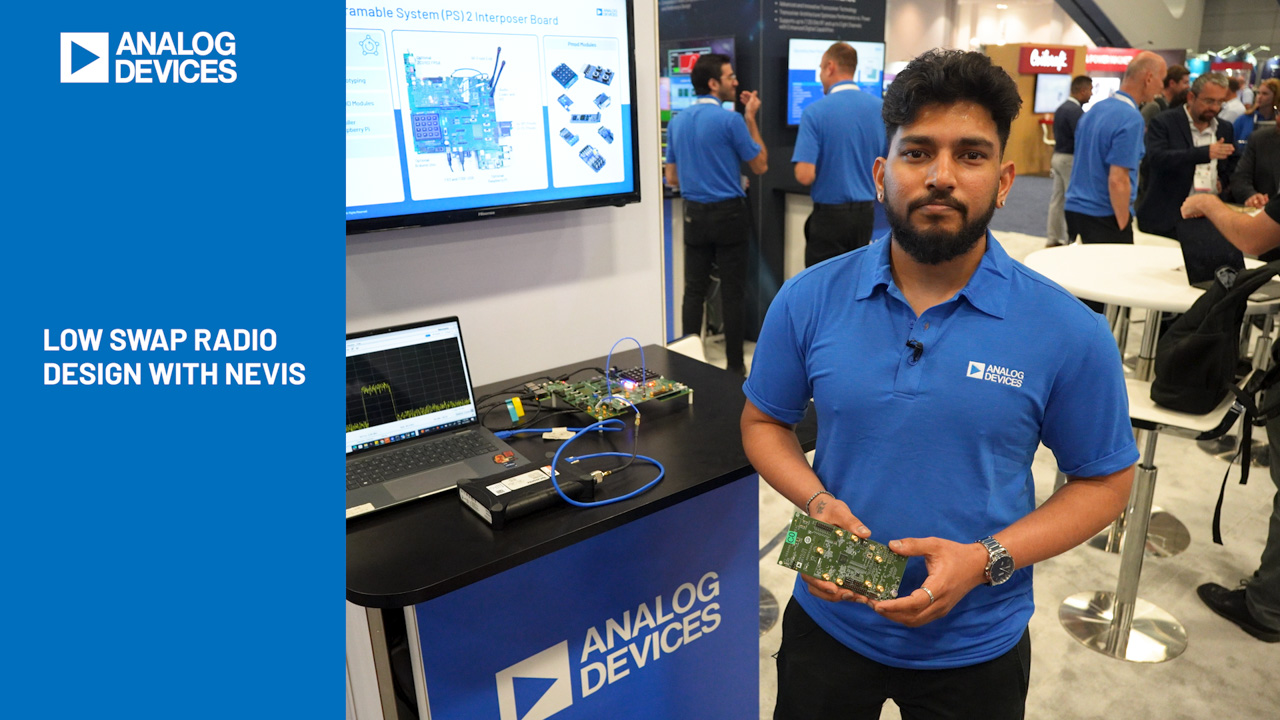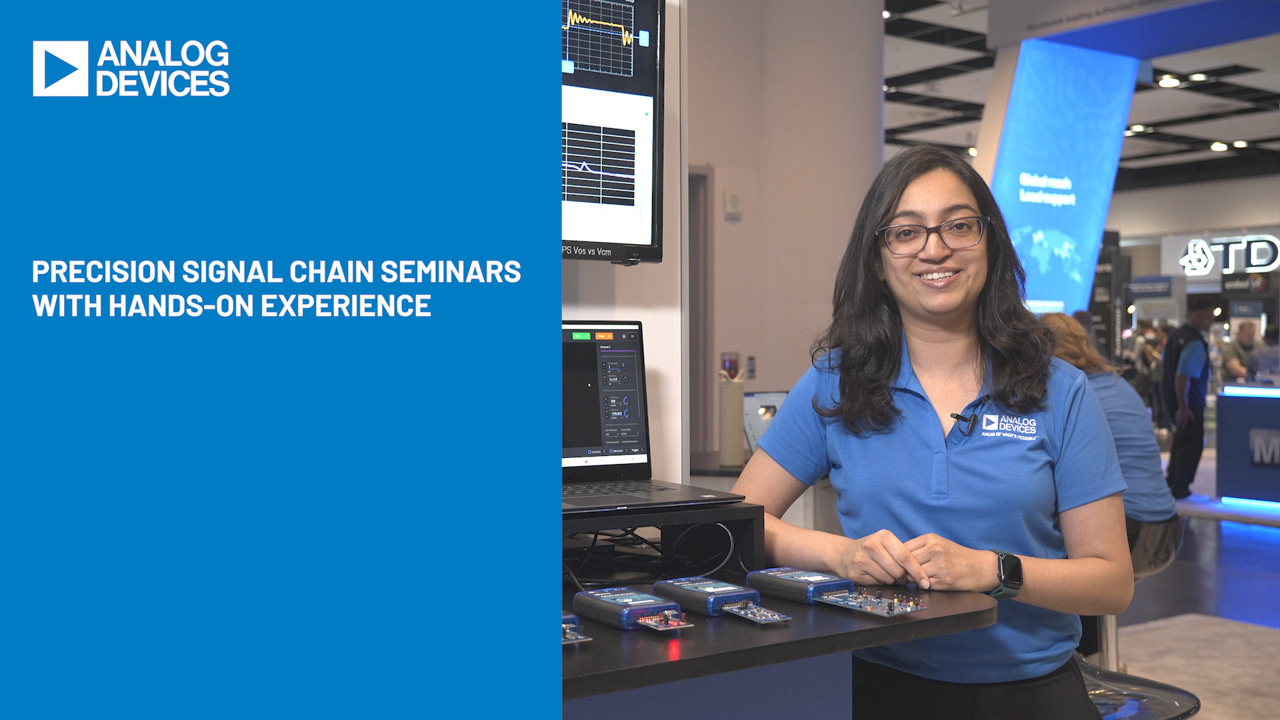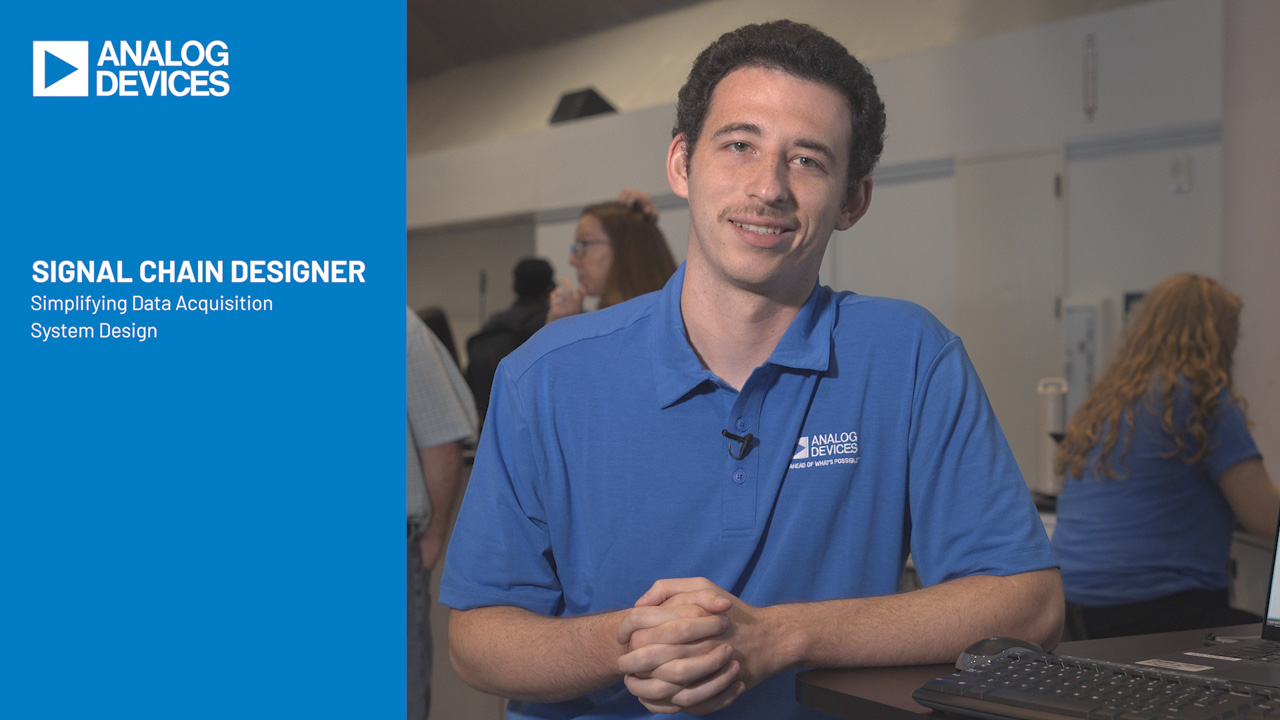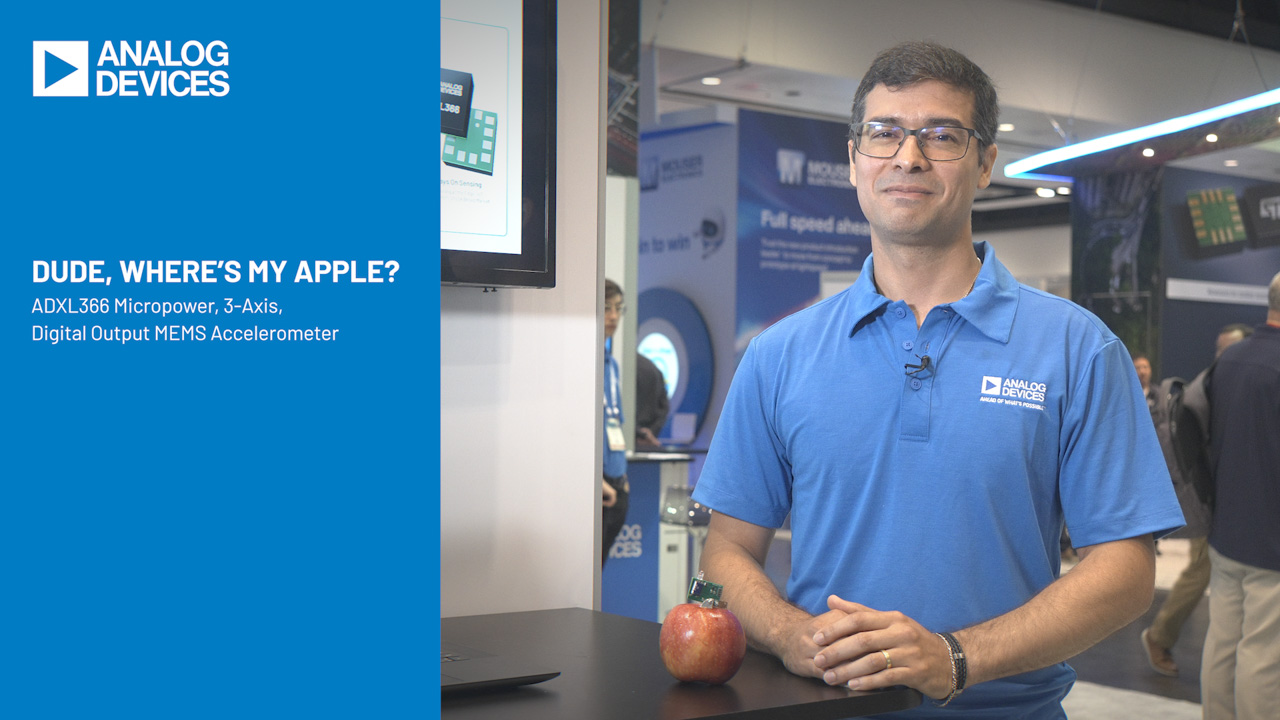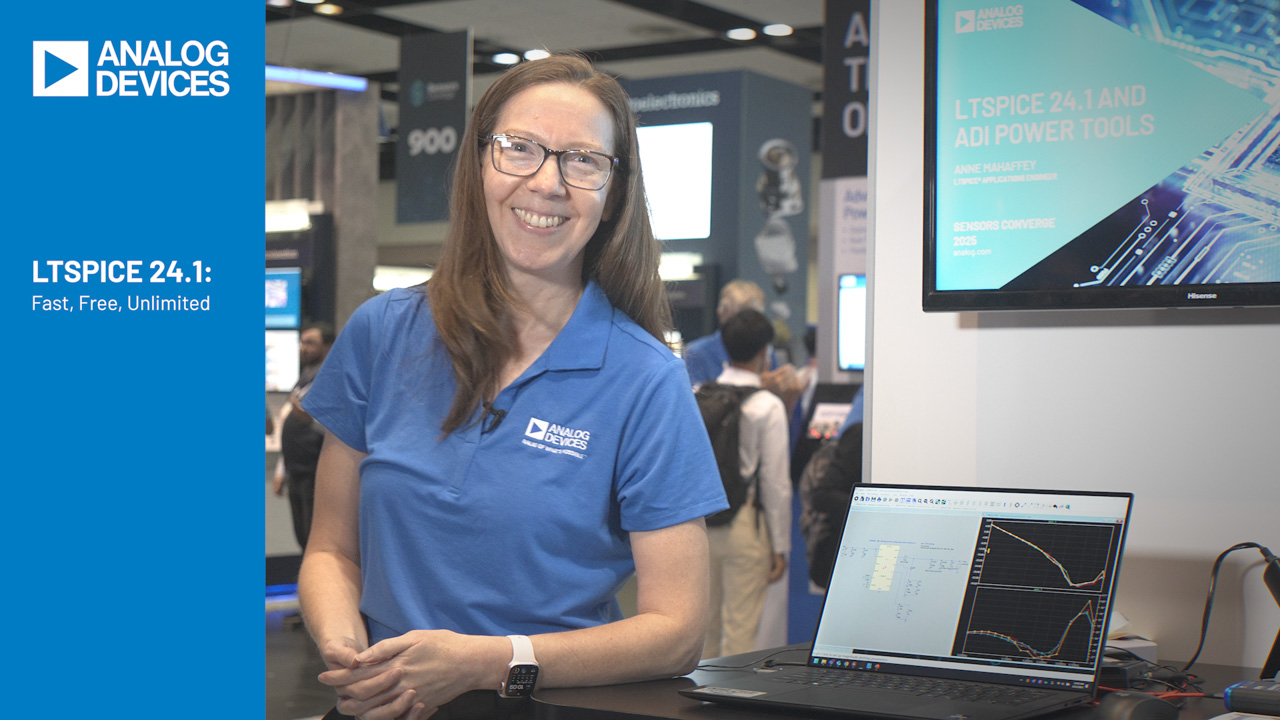Reduce EMI and Maintain High Efficiency with Class D Amplifiers in Portable Applications
Reduce EMI and Maintain High Efficiency with Class D Amplifiers in Portable Applications
by
Trang Nguyen
2012-04-25
摘要
Class D amplifiers are typically very efficient, making them ideal candidates for portable applications that require long battery life and low thermal dissipation. However, electromagnetic interference (EMI) is an issue that commonly accompanies the Class D switching topology. Active-emissions limiting reduces radiated emissions and enables \"filterless\" operation, allowing designers to create small, efficient portable applications with low EMI.
A similar version of this article appears on Hearst Electronic Products, March 28, 2012.
The rapid adoption of battery-operated consumer electronics such as smartphones, tablets, and portable speakers is driving the steadily rising demand for efficient audio amplifiers. High-efficiency audio amps are needed to extend battery life and lower power consumption while still maintaining low electromagnetic interference (EMI) levels.
Class D amps are now widely used for these applications because they offer approximately 90% peak efficiency compared to the 50% for a typical Class AB amplifier. This added efficiency is important because it helps the designer to lower power consumption, extend battery life, use a smaller form factor, and lower thermal dissipation.
Class D Amps and EMI
High efficiency does, admittedly, come with its own design challenge. A Class D audio amp's switching topology produces EMI, which a designer must mitigate. EMI creates radiated and conducted noise that increases with the signal level and interferes with other subsystems in the device. Engineers must meet the U.S. Federal Communications Commission's (FCC) EMI standards for consumer products produced and sold in the U.S. Similar EMI specifications exist worldwide.
Managing EMI is even more challenging because device form factors are constantly shrinking. Engineers of portable applications thus have the added pressured of designing into smaller and smaller form factors. Limited space can force designers to eliminate the output filters, enclosures, and system-level shielding that help suppress EMI. However, eliminating these components to save valuable space makes the EMI introduced by a Class D amp much more difficult to address.
To understand how EMI is generated in a Class D audio amp, it is necessary to understand the Class D architecture. A Class D amp modulates a high-frequency triangular waveform with an audio input signal (Figure 1). The output is a square wave, corresponding to the amplified audio signal. The speaker naturally incorporates a lowpass filter, which strips off the high-frequency carrier and recovers the original audio waveform. This approach works well because the Class D amp is continually switching on and off. Consequently, devices using Class D amps lose much less power than devices using Class AB amps where the outputs are partially on at all times. For more information, please refer to application note 3977, "Class D Amplifiers: Fundamentals of Operation and Recent Developments."

Figure 1. This simplified block diagram of basic half-bridge Class D amplifier consists of a pulse-width modulator, two output MOSFETs, and a lowpass filter (LF and CF) to recover the amplified audio signal from the output square wave.
The edges of the square waves, however, produce high-frequency components that are easily radiated by printed circuit board (PCB) traces. These sharp output transitions can also create overshoots, which introduce additional high-frequency content that is undesirable for EMI performance. Fortunately, edge-rate control techniques like active-emissions limiting (AEL) are now integrated into many Class D amps to manage these EMI problems and eliminate the need for large output filters.
Advanced Technology Controls EMI and Saves Valuable Space
AEL is a proprietary edge-rate control technology integrated into many Maxim® Class D amps. AEL circuitry reduces narrow-band spectral components without degrading audio performance. For a more detailed description of AEL circuitry, see application note 3973, "Maxim's Active-Emissions-Limiting Circuitry Demystified."
Fast output transitions improve efficiency by minimizing loss from the rise- and fall-time of the output devices. However, these fast transitions also introduce high-frequency content that negatively impacts emissions performance. With AEL, the rail-to-rail output swings are intelligently controlled to reduce the undesirable fast switching frequencies of the output, all while still maintaining high efficiency. Figures 2 and 3 show the efficiency and EMI performance of the MAX98314 Class D amplifier with AEL in comparison to a Class D amplifier with no AEL (Figures 4 and 5). The AEL technology significantly reduces EMI emissions while maintaining up to 93% efficiency.
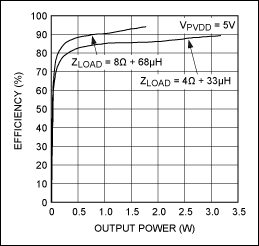
Figure 2. Typical audio efficiency of the MAX98314 Class D amp with AEL.

Figure 3. EMI Spectrum of the MAX98314 Class D amp with AEL. AEL reduces EMI and eliminates the need for output filtering found in traditional Class D devices. EMI performance with 60cm of speaker cable, no output filter.

Figure 4. Efficiency for a Class D audio amp without AEL.
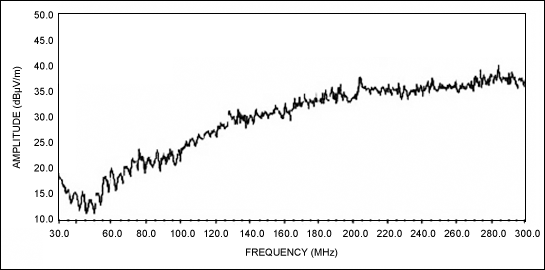
Figure 5. EMI spectrum for a Class D audio amp without AEL.
Conclusion
AEL allows designers to benefit from the high efficiency of a Class D amplifier without worrying about the EMI produced from its switching topology. AEL technology reduces EMI and eliminates the need for filters and other EMI suppression components. With Class D audio amps and AEL, designers can lower EMI, achieve smaller applications, lower costs with fewer components, and extend battery life in today's portable applications.



